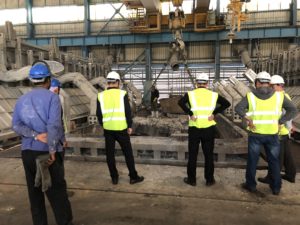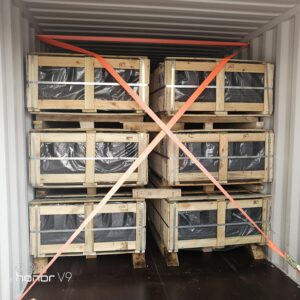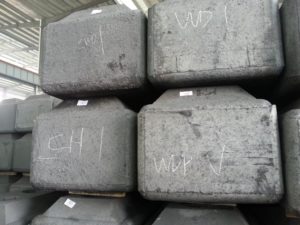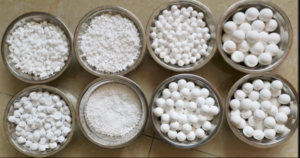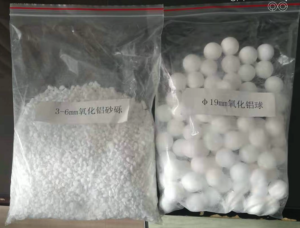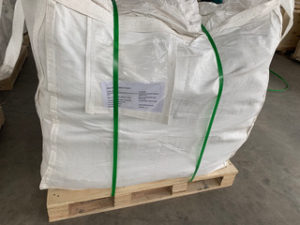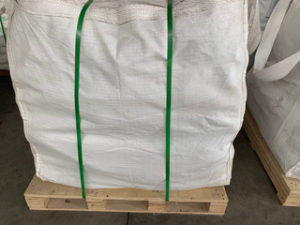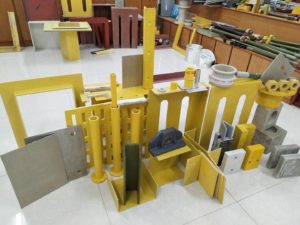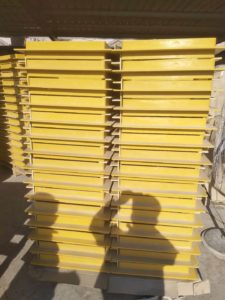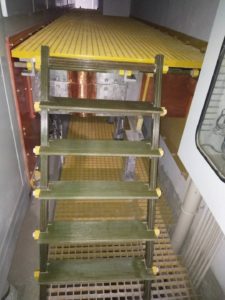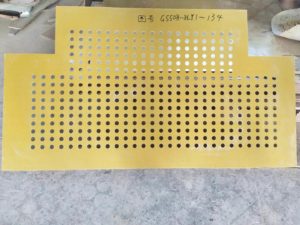A typical Aluminium pot
Aluminium pot means where liquid aluminium gets produced using electrolysis method. Basic functioning needs alumina, carbon anodes and electrical current and some flux and bath materials for electrolysis process. To complete this process it must have a series of pots under one or many buildings called Pot rooms. Aluminium Pots (bottom) lined with cathode blocks and a cell is connected with the anodes. Normally, service life of pots depend on the life of cathodes which resists up to 2000-3000 days if everything goes well. After completing the service life all pots need to be relined with new pot lining materials which we supply to our clients with total satisfaction.
Key items are Cathode and anodes for the potroom. Anodes are made calcined petroleum coke, pitch and recycled butts. Alumina is transferred from the main smelter silos to the potroom usually by conveyors.
|
Note :- Cathode collector bar can also be supplied separately or fitted with Cathode blocks |
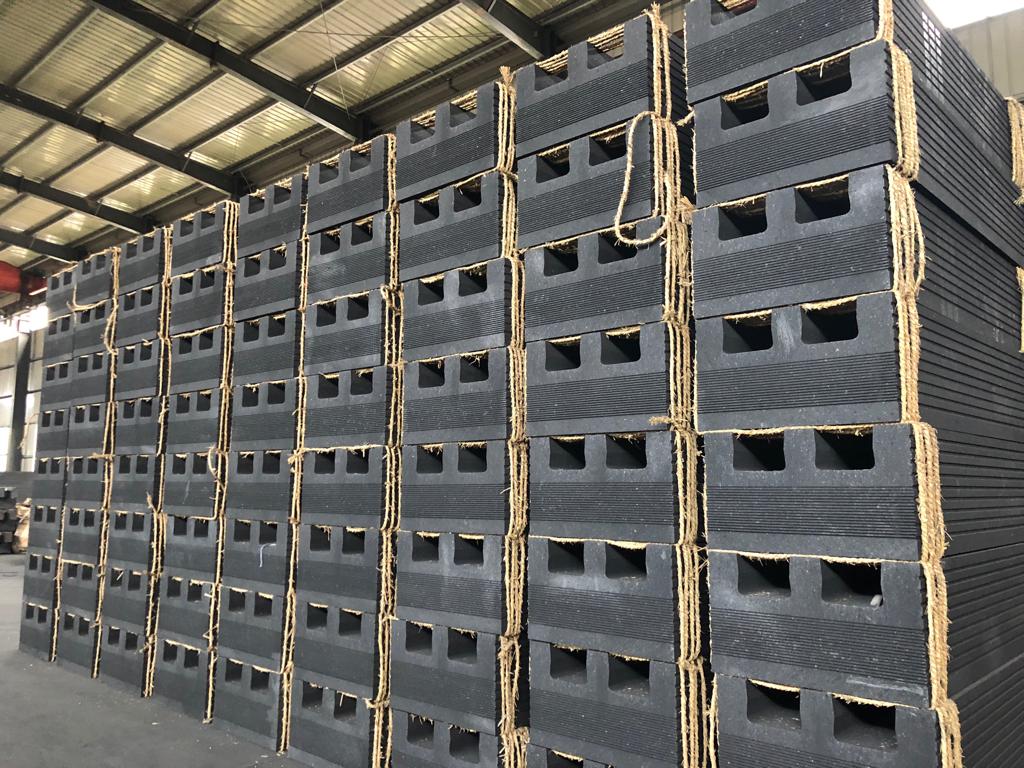 |
(a) Anode baking furnace (b) Melting and Holding furnace
|
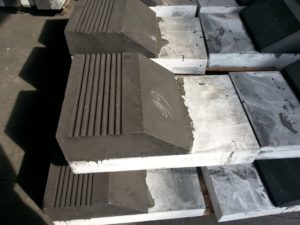 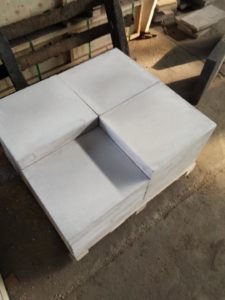 |
|
|
|
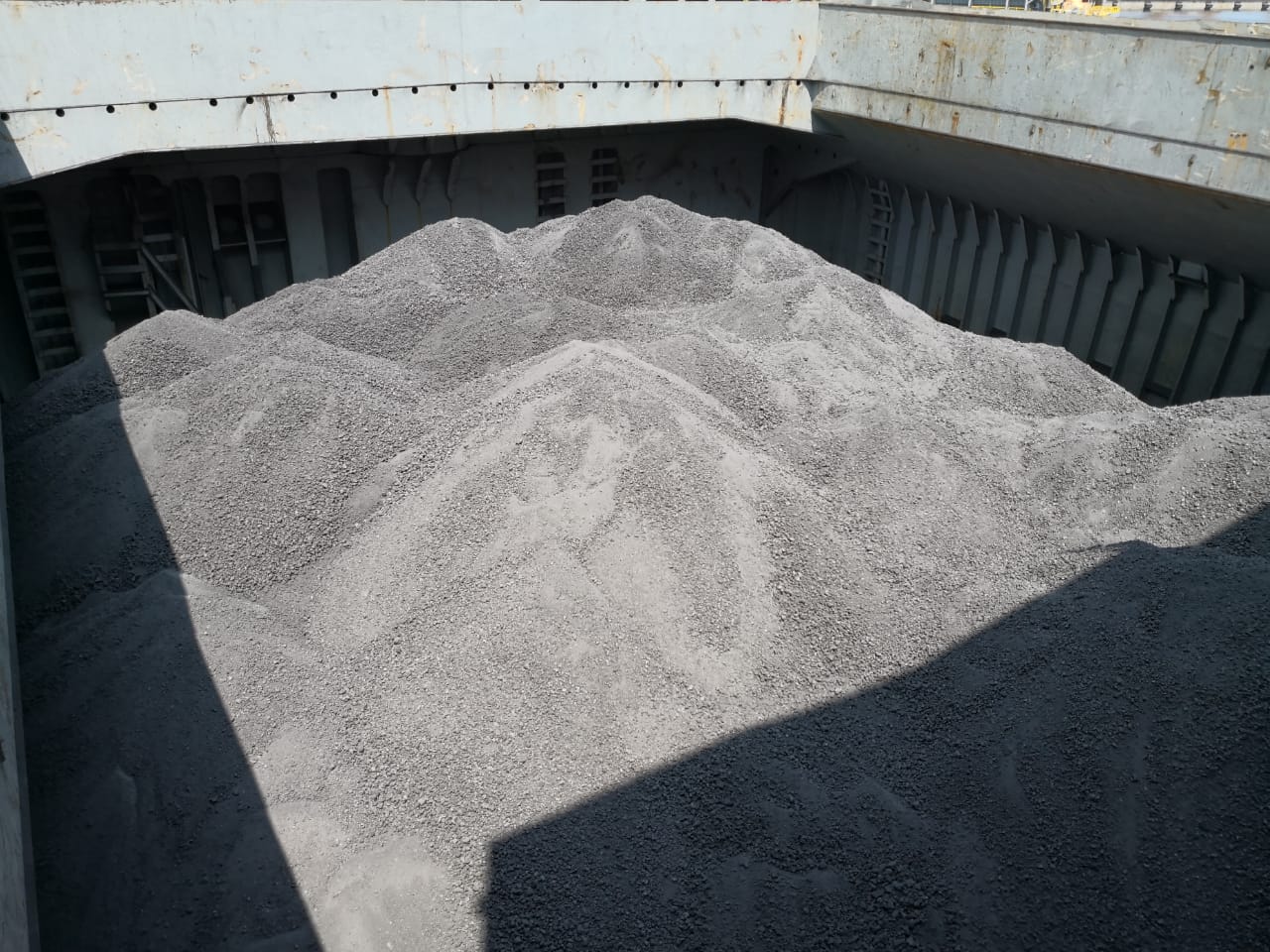 |
|
|
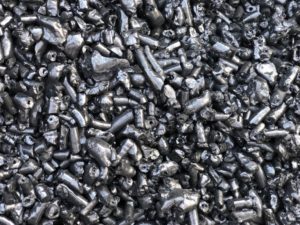 |
Alloying materials are available in various shapes and sizes such as tablets, mini-tablets, flakes, granules and powders.
These materials are widely used for production of primary and secondary aluminum and charged directly into liquid aluminum during melting process. We supply as per customers specific requirements.
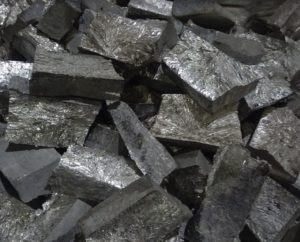 |
|
|
|
|
|
Low soda alumina ball, gravels, grits are used in Deep Bed Filter as filtration media while purifying aluminium to produce some special grade of aluminium. |
|
|
|
|
|
STANDARD SPECIFICATION
|
No. |
Key parameters |
Unit |
Specified Value |
Typical Value |
|
Chemical Composition |
||||
|
1 |
AI2O3 |
% |
≥ 99.70 |
99.848 |
|
2 |
SiO2 |
% |
≤ 0.10 |
0.0089 |
|
3 |
Na2O |
% |
≤ 0.10 |
0.057 |
|
4 |
Fe(Magnetism) |
PPM |
≤ 200 |
1 |
|
Physical Character |
||||
|
5 |
Bulk Density |
g/cm3 |
≥3.50 |
3.63 |
|
6 |
Moisture Absorption |
% |
≤ 1.5 |
0.69 |
|
7 |
Porosity |
% |
≤5.0 |
2.52 |
|
Particle Size Distribution |
||||
|
8 |
+6.3mm |
% |
0-4 |
0 |
|
9 |
+5mm |
% |
|
25.56 |
|
10 |
+4mm |
% |
|
42.54 |
|
11 |
+3.35mm |
% |
|
26.25 |
|
12 |
+2mm |
% |
|
5.5 |
|
13 |
-2mm |
% |
0-3 |
0 |
|
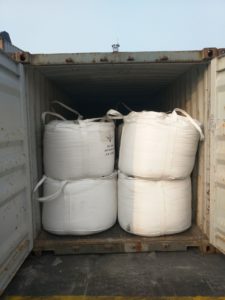 |
-
- Insulating Materials
-
- Ceramic Fiber board
- Calcium Silicate board
-
- Insulating Materials
-
-
-
- Pot Hood Insulation board
- Insulation board for Bus bar
- Insulation ladder
- ‘U’ shape insulation plate
- Insulation for radiator baffle
-
-
We provide world class pot room insulation material which is widely being used by many smelters globally.
-
- Material: Epoxy
- Martin Temp: 150 degC
- Bending strength: 120 MPa
- Density: 1.44g/cc
- Surface withstand voltage: 5Kv
-
- Bus bar
- Anode Pin straightening machine
- Aluminium pot cover (hoods)

